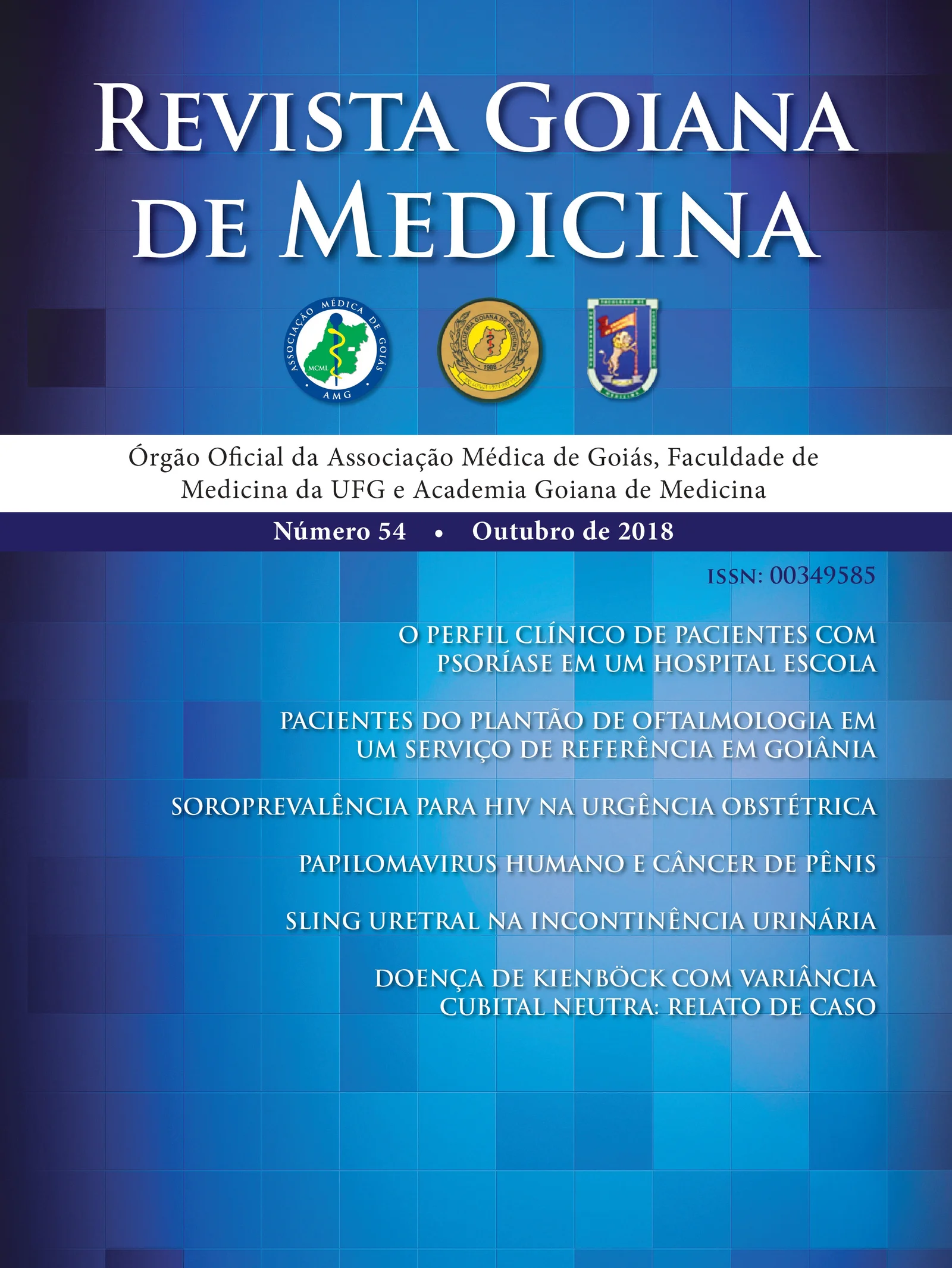Urinary sling in urinary incontinence
Keywords:
SLING, PUBLIC HEALTH, TRANSOBTURATOR, URINARY INCONTINENCEAbstract
Introduction: Urinary incontinence (UI) is one of the most common health problems and affects mainly women. Many techniques have been developed for the treatment of UI, but the highlight is the use of the screen or sling range. Objectives: To evaluate the comparative results between the two main techniques of sling surgery. Methods: Systematic review performed between June 4 and 8, 2018 in Pubmed databases. Results: We found 288 studies with the initial research, the clinical trial filter was applied, 47 articles remained, and the year variable (from 2008) was filtered, with 39 articles read in full. In the search of the researchers there were 20 duplicate articles, which were selected by the third researcher. When applying the inclusion and exclusion criteria, 10 articles were selected for analysis. Conclusion: From the studies evaluated, it was observed that there was no significant difference between the two methods in the 12-month segment. The first differential mark was reported at 18 months where the retropubic route seems to be more efficient in the group with intrinsic sphincter deficiency. In the follow-up period of 24 months, they also did not find significant differences and the patient’s satisfaction remained high and the severity of the symptoms remained improved. At 5 years of follow-up, worsening of urinary symptoms and quality of life were observed. Women with retropubic sling reported greater urinary urgency, more negative impact on quality of life and worse sexual function, but in another study they did not find significant differences. In the 100-month study the patients were satisfied but the overall continence rate worsened for both.


